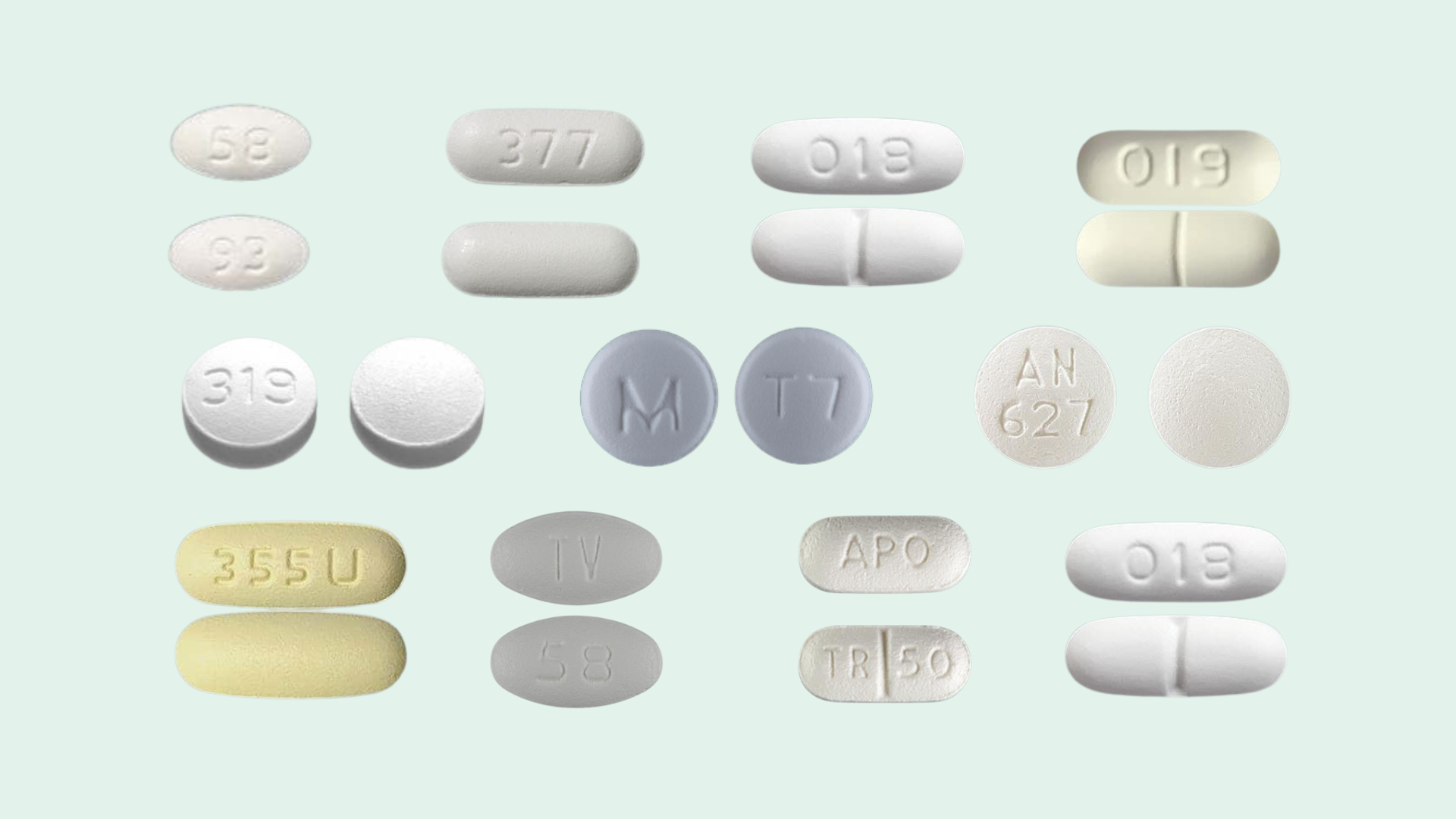Understanding Tramadol Abuse and Addiction
Tramadol is a prescription pain medication that functions similarly to other synthetic opioids. It works by blocking pain receptors in the brain and inhibits the reuptake of serotonin and norepinephrine. While initially categorized as a non-controlled analgesic, the FDA later reclassified tramadol as a Schedule IV controlled substance due to the increasing reports of abuse and addiction.
Tramadol addiction can develop when an individual misuses the drug, taking more than the prescribed dose or using it more frequently. As the brain adapts to the presence of the substance, tolerance increases, and users may feel compelled to escalate their dosage to achieve the desired effects. This cycle of use and dependence is the hallmark of addiction.
What Are the Physical and Behavioral Signs of Tramadol Addiction?
The physical and behavioral manifestations of tramadol addiction can vary, but there are several common indicators to be aware of. Some of the most prominent physical signs include:
- Pinpoint (very small) pupils
- Changes in appetite, either increased or decreased
- Nausea and vomiting
- Drowsiness and impaired coordination
- Slurred speech
- Headaches
Behavioral signs of tramadol abuse and addiction may include:
- Visiting multiple doctors to obtain more tramadol (doctor shopping)
- Compulsive use of the medication
- Neglecting responsibilities at home, work, or school
- Social or interpersonal problems related to tramadol use
- Mood swings and apathy
- Using tramadol without a prescription or buying it illegally
The development of tolerance and withdrawal symptoms are also clear signs of physical dependence on tramadol.
What Are the Psychological Signs of Tramadol Addiction?
In addition to the physical and behavioral indicators, tramadol addiction can also manifest in psychological symptoms. These may include:
- Powerful cravings for the drug
- Difficulty controlling or reducing tramadol use
- Spending a significant amount of time obtaining, using, or recovering from the effects of tramadol
- Continuing to use tramadol despite negative consequence
The psychological dependence on tramadol can be just as challenging to overcome as the physical aspects of the addiction.
Impact of Tramadol Addiction
The consequences of tramadol abuse and addiction can be severe, both in the short and long term. Overdosing on tramadol can lead to potentially life-threatening complications, such as seizures, respiratory depression, and serotonin syndrome. Chronic use of the drug can also result in a range of adverse effects, including
- Constipation
- Fever
- Dizziness
- Loss of appetite
- Muscle aches
- Depression
- Sweating
Individuals with a history of substance abuse are at an increased risk of developing a tramadol addiction, but even those without prior drug use can become dependent on the medication. Recognizing the signs and seeking timely treatment is crucial for mitigating the harmful impacts of this insidious addiction.
Tramadol Withdrawal and Detox
When a person is dependent on tramadol, abruptly discontinuing or significantly reducing the drug can trigger a range of withdrawal symptoms. These can include
- Nausea
- Vomiting
- Diarrhea
- Muscle aches
- Sweating
- Insomnia
- Anxiety
In some cases, more severe symptoms like confusion, hallucinations, and panic attacks may also occur.
Medically supervised detox is often recommended to manage tramadol withdrawal safely and effectively. Healthcare professionals can utilize a range of medications, such as methadone, buprenorphine, and lofexidine, to alleviate withdrawal symptoms and ease the transition into comprehensive addiction treatment.
What Is Comprehensive Addiction Treatment?
Detoxification is typically the first step in a comprehensive treatment plan for tramadol addiction. However, it is essential to follow up with additional therapies and support to address the underlying causes of the addiction and prevent relapse.
Evidence-based treatment approaches, such as cognitive behavioral therapy (CBT), contingency management, and support group participation, can help individuals develop coping strategies, build a sober support network, and achieve long-term recovery. Ongoing medication-assisted treatment (MAT) may also be necessary to maintain sobriety and prevent future opioid use.
How to Seek Help for Tramadol Addiction
Recognizing the signs of tramadol addiction and seeking professional help is crucial for breaking the cycle of substance abuse. Those struggling with tramadol misuse or dependence should not hesitate to reach out to addiction treatment providers, who can guide them through the recovery process and provide the necessary resources and support.

